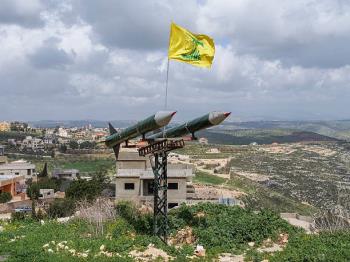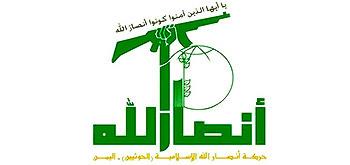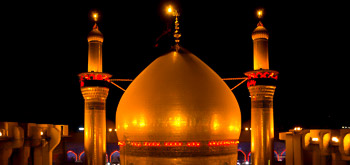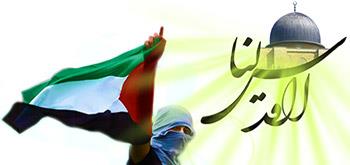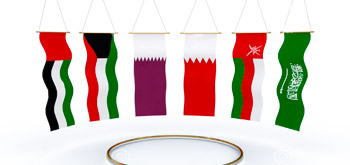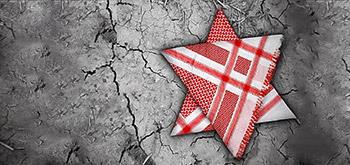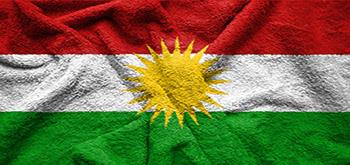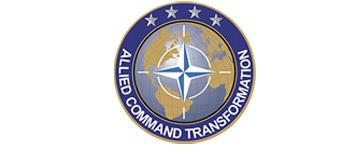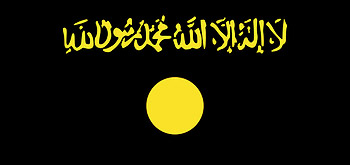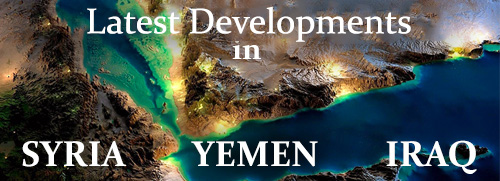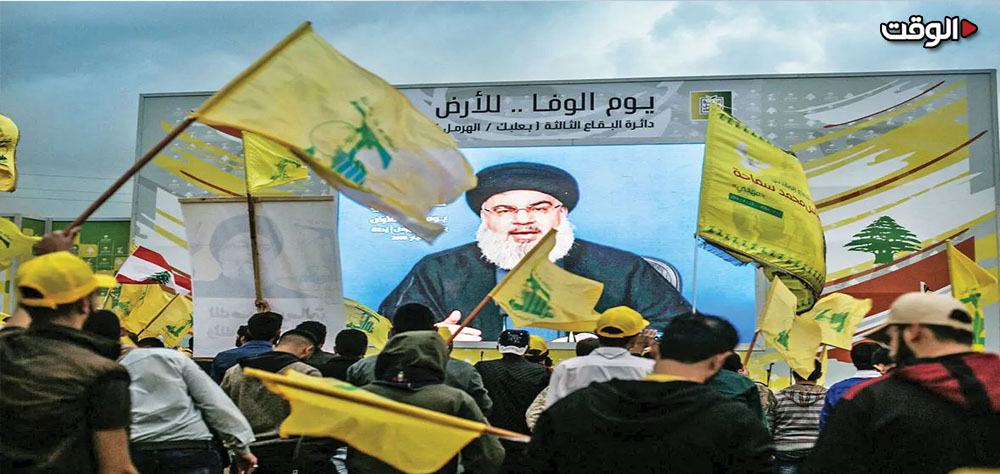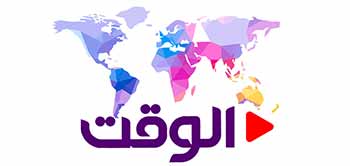Alwaght- Once again Iran launches a (its fourth actually) satellite into space on February the 2nd, as the Islamic Republic was marking the 36th anniversary of the 1979 Islamic revolution. The nation celebrates a ten-day dawn period every year beginning from the date the Founder of the Islamic Republic the Late Imam Khomeini returned home from exile in Paris till the victory of the Revolution over the Pahlavi regime .
Iran previously launched three other satellites, including Omid (Hope) in February 2009, Rassad (Observation) in June 2011 and Navid-e Elm-o Sanat (Harbinger of Science and Industry) in February 2012 .
Iranian experts managed to launch the satellite and place it in orbit, one day ahead of Space Technology Day in the Islamic Republic of Iran, to defend the country's title as the first Islamic state in the region to do such a big task .
According to Iranian officials, Fajr (Dawn) satellite — built domestically and launched using an Iranian Safir-e Fajr satellite carrier — will be used for observational purposes .
Iran’s Defense Minister Gen. Hossein Dehghan said, “The Fajr satellite was produced and sent into space by our youth under [challenging] conditions, limitations and obstacles. All of the components of this satellite, from the satellite carrier to its subsystems, was designed and built by the youth of Islamic Iran .”
"Today, we have a word to say in many technological fields everywhere in the world and we embrace increasing honor and glory each day," Dehghan said in Tehran on Tuesday .
He said enemies are attempting to show that sanctions have succeeded in bringing the Iranian nation to its knees and halting its progress, while they have failed. "The sanctions haven’t stopped Iran's scientific growth; the youth of the Islamic Iran have built the Fajr satellite and sent it into the Earth's orbit successfully while the country has been under sanctions ."
This satellite was designed and produced within one year, with the hands of Iranian scholars, experts and specialists .As well as, in collaboration with the different sections in the field of aerospace industry in the country, and then underwent multiple operations test and that this is a big step to move forward .
After the launch of Iran's satellite, during a press briefing on February 2nd, 2015, State Department spokesperson Jen Psaki was asked by a reporter for the US reaction. In the context of the keenness of the United States to stand in the face of the evolution of the Islamic Republic of Iran scientific she replied, “As we’ve said before, Iran’s missile program continues to pose a dangerous threat to the region and is an issue we monitor closely .”
Iranian nuclear negotiator and Deputy Foreign Minister Abbas Araghchi denied Psaki's claims, saying today, “Iran’s missile program has a completely defensive nature and the Islamic Republic of Iran in no way views the defensive matters of the country negotiable and we are not ready to discuss this matter with any foreigner .”
Araghchi said that launching of Fajr was part of Iran’s long term plan to have a “presence in space and strengthen the communication and information infrastructure of the country .”
Head of Iranian Space Agency Hamid Fazeli, at a press conference held on the eve of Aerospace Week by Iranian Space Agency said that an annual investment of about 30 to 65 million USD in the aerospace field .
According to the Institute for Scientific Information (ISI), Iranian researchers and scientists published a total of 60,979 scientific articles in major international journals from 1999 to 2008. It is being said that scientific growth in Iran has been fastest in the world, even more than China. Whatever the reason, it is commendable that the country has achieved this even at the worst possible sanctions from the most powerful and most influential country in the world. Iran with a science and technology yearly growth rate of 25% is doubling its total output every three years and at this rate will reach the level of Canadian annual output in 2017. If Iran keeps moving with the present momentum, it can ascend to the 4th place from the current 17th (in the world ranking of scientific growth and scientific production) in the next 6 years .
Under Iran's ‘comprehensive plan for science’, the country plans to be spending four per cent of GDP on research and development by 2030 .


